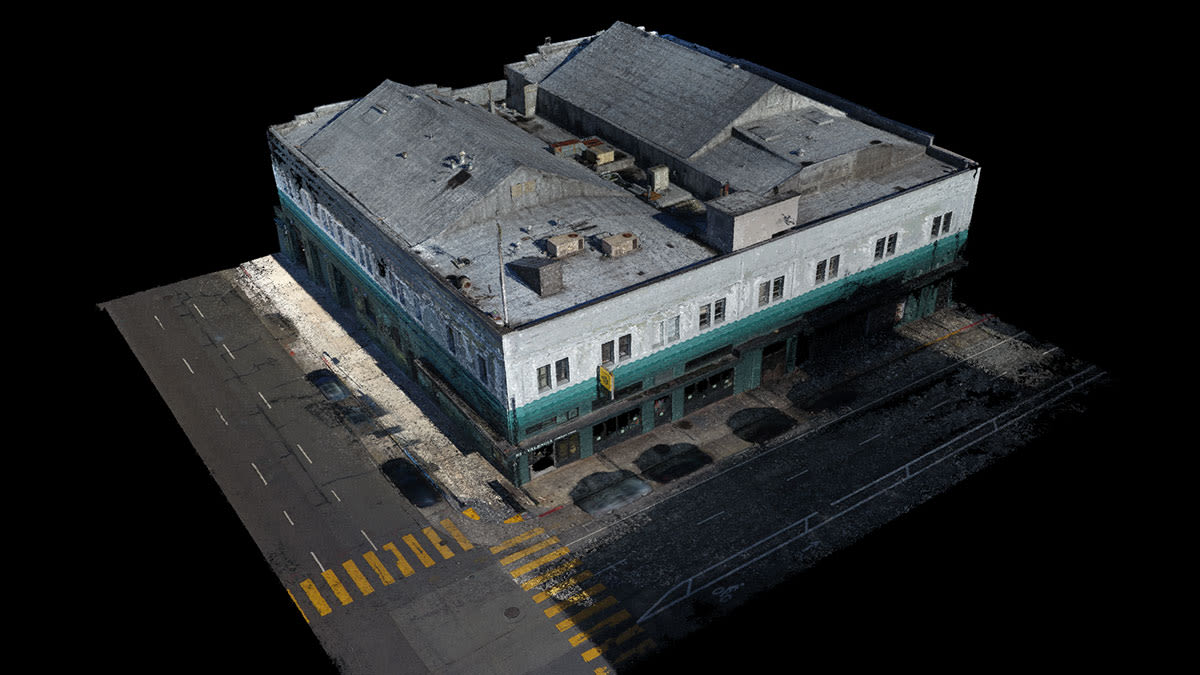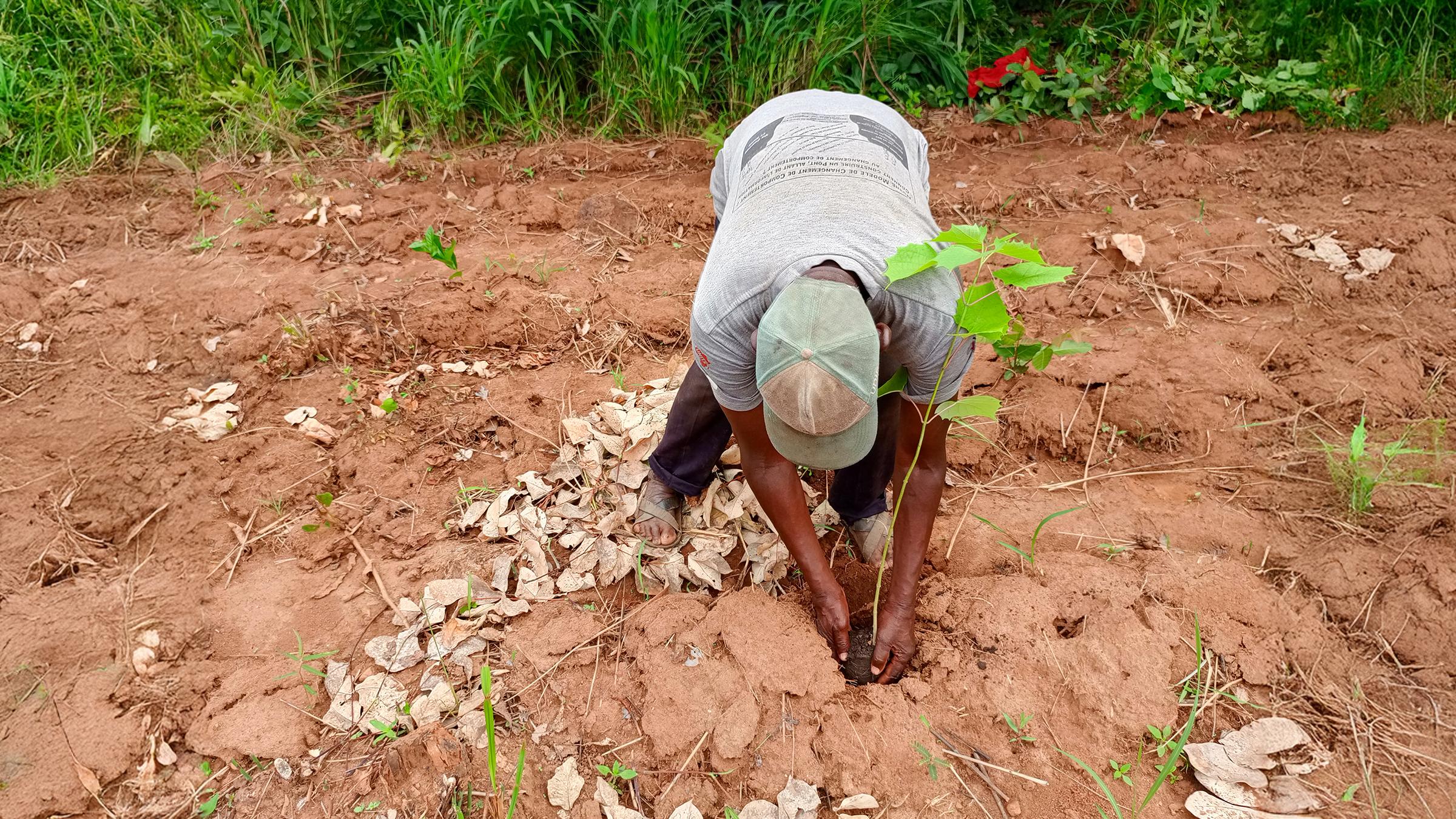Mapping a crime: Visual Law talk forensic photogrammetry
When making a decision in court, juries have to weigh up evidence and accounts from both sides. This is a huge responsibility, as the jury’s judgement can significantly alter people’s lives. Evidence presented to the court must be accurate and tell a story about the crime scene. But what about the scene itself? Photogrammetry can bring the event into the courtroom for all to see and judge for themselves.
A former plaintiff lawyer, Mark Johnson is the CEO of the California-based Visual Law Group, who offer services in collision reconstruction, modelling of crime scenes and video reconstruction. This innovative use of photogrammetry, called forensic scene visualization, is used in recreating crime scenes or events for presentation in the courtroom.
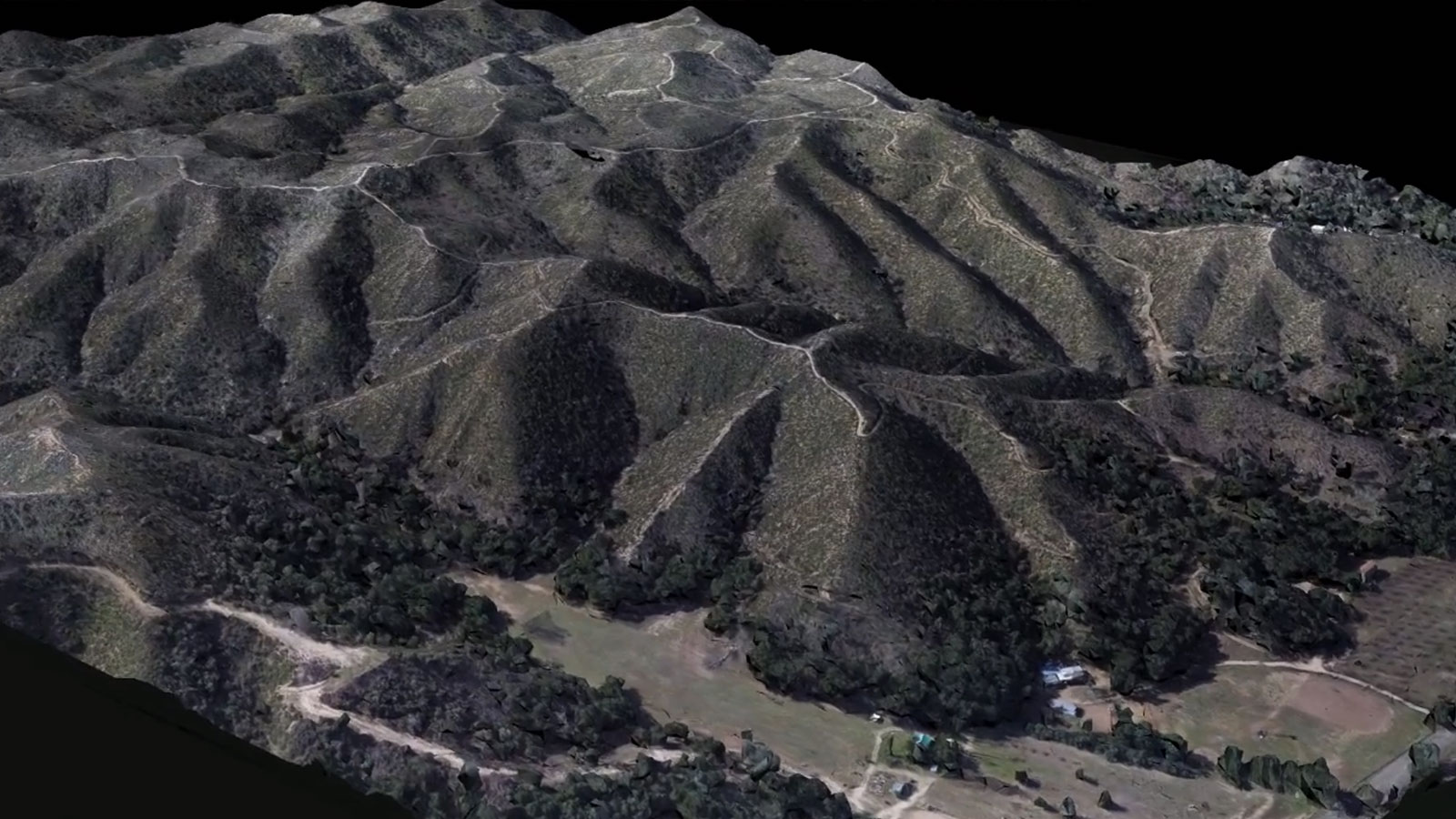
To ensure the recreations are admissible in court, it is necessary to establish underlying accuracy and fidelity to the real-world scene. This is critical in crime scene investigations, such as for traffic collisions, where significant compensation or consequences rely on the outcome of the investigation. After the foundational elements for admissibility are established, the visualization may be presented to the jury, who will use the evidence in deliberating their verdict.
Photogrammetry as evidence in court
Experience has shown that juries appreciate and are often favorably influenced by viewing 3D depictions of crime scenes or events under consideration. Thus the judge, who must rule on admissibility, typically requires fastidious proof that the 3D data is properly scaled and created using methodologies accepted by professionals within the field. Mark uses PIX4Dmapper to create his 3D models from images in the majority of his cases and he routinely provides counsel with several white papers and other references to be provided to the court which confirm the software’s precision and accuracy. Mark uses the Pix4D-generated point cloud and orthographic image with third party software to add details, lighting and moving elements to enhance the courtroom presentation.
Modeling a crime scene
In September 2020, Mark was interviewed on KSL TV, a Salt Lake City, Utah television station, regarding his work in forensic scene visualization in criminal cases. At the station’s request and with their assistance, Mark created a 3D model of a property under investigation in a high-profile criminal case. Chad Daybell and Lori Vallow, residents in Idaho, were taken into custody when the remains of two of Vallow’s children were found on Daybell’s property. The traumatic case has culminated in both Vallow and Daybell being charged for concealing the bodies on his property.
The KSL interview showed how Mark’s 3D model can be used to cross reference claims made by the prosecution in court as well as the defense. For instance, a question arose about whether Daybell was looking toward the site where one body was found when detectives searched the property. Using the model, KSL could check if Daybell actually was within the line of sight of the body's hiding place.
The workflow for creating these models begins with flying a drone around the crime scene to collect images which are then processed on a desktop computer in PIX4Dmapper. Mark and his team can manipulate the models with other specialized software to reflect conditions at the time, for example to animate a storm to imitate the weather when a crime or event occurred.
Details of a forensic photogrammetry workflow
- Visit the scene
- Collect aerial photogrammetry data, i.e. images
- Process in PIX4Dmapper
- Export to 3rd party software to recreate lighting, weather, etc
- Present model to clients or court
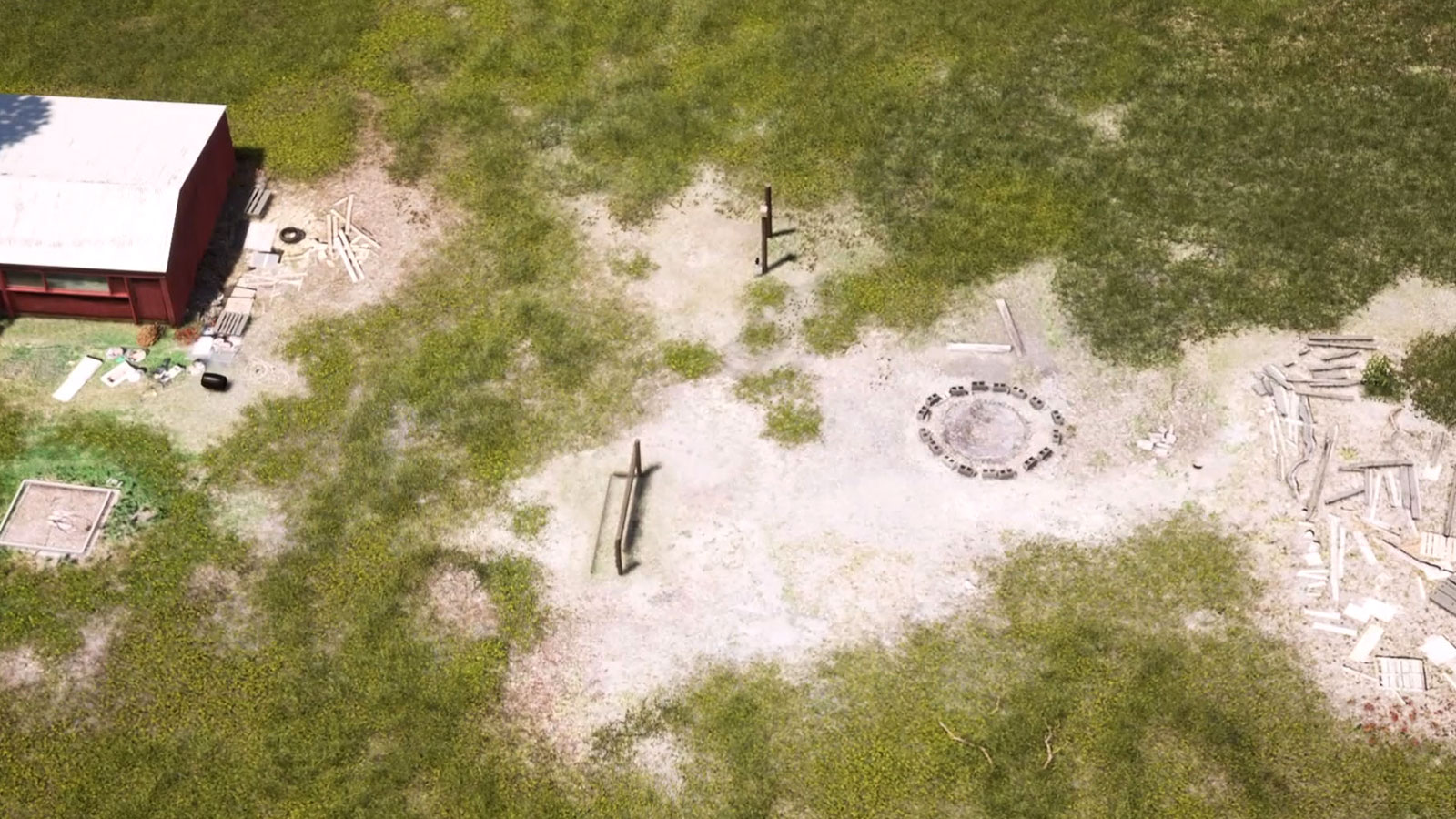
As Mark explained to KSL, the objectivity of using aerial photogrammetry in 3D modeling can help collect evidence that is of a high enough accuracy for crime scene investigations. Much like photographs or video footage, a 3D recreation of a crime scene simply presents facts that the jury can interpret for themselves. Unlike traditional photos, a 3D visualization may be viewed from any vantage point, under different lighting conditions and with the added capability of permitting measurements to be made in real time.
“There’s no getting away from the fact that these are chilling details, they are tragic. But they also are the truth.” - Mark Johnson
Special attention needs to be paid to the level of detail of the work, making an exact copy or digital twin of reality available for analysis. Mark explained his techniques and the role of drones in public safety in a webinar with Pix4D which he has learned across his projects in all but two states in the USA.
The value of photogrammetry in forensic scene visualization
The models can present unimaginable scenarios to a jury that is detached from the crime. Pix4D software is focused on accuracy and in these situations, accuracy can mean truth. It shows in detail how events unfold and their effects. Although not being used specifically in the Daybell case, the projects created by Visual Law Group of the Daybell property were compared to footage of court proceedings by KSL TV to ratify statements about the property.
“It has to be absolutely to scale. It has to be non-prejudicial. It can’t be biased in favor of one party or the other.” - Mark Johnson
The unbiased account provided by forensic scene visualization has been used in other cases. Visual Law has successfully submitted models and video recreations of scenarios in court on behalf of both the prosecution and defense in various cases. This has included recreating a military helicopter training accident in Virginia and the movement of waves during a snorkeling accident in Hawaii.
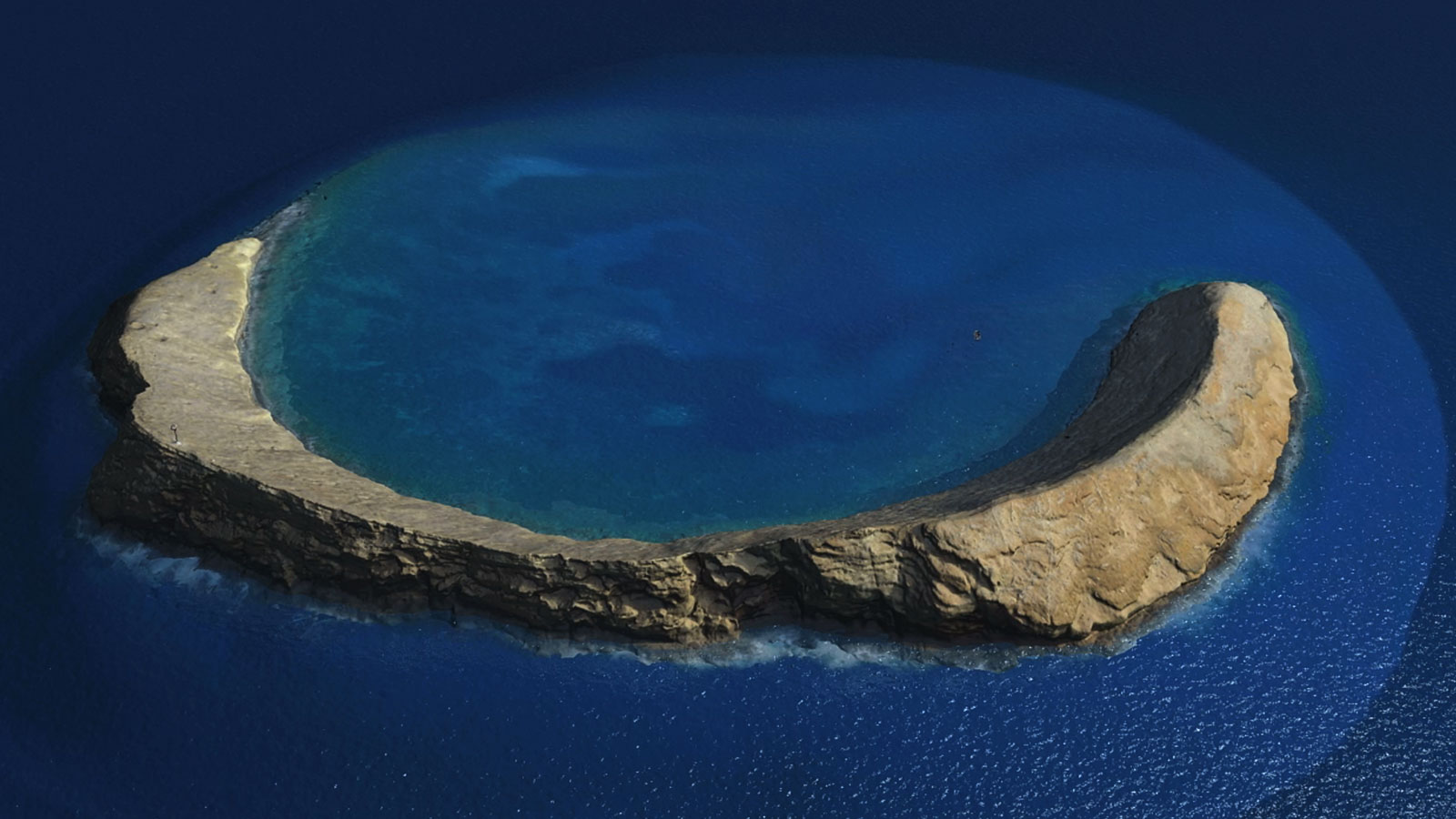
Literally bringing a crime scene to the courtroom is revolutionary, where people on both sides of the case can walk through every detail of an event even if the crime took place months before. For juries and litigators alike, this reminds them that the justice processes in the room are ruling on real situations, not abstract concepts - they can see the digitized reality of the event for themselves.
The original KSL interview is available in 2 parts:
